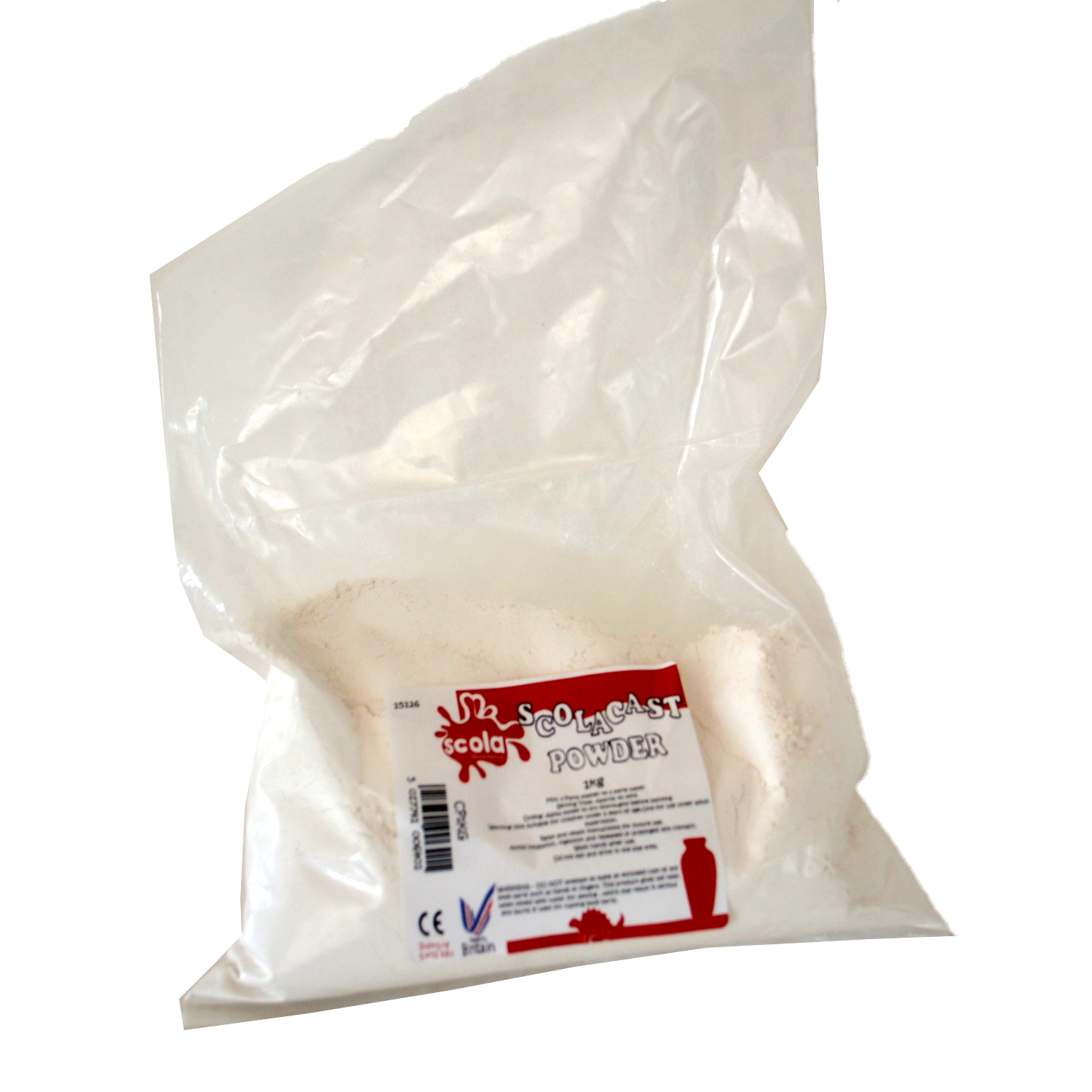
Instead of using a lot of stain, however, this time you just want to dribble a little in the recesses of the rock or apply a light wash over larger surfaces. Mix a stain from the acrylic paint as you did the lighter base coat, and then apply it to the rock surface. To add shadows that accent the cracks and crevices, apply a separate wash of darker stain. This will pull some of the pigment off the casting. If the color is too dark and you want to lighten it, dab the surface with a paper towel while the stain is still wet. Liberally apply the stain to the rocks and let it dry. Next, add water to the paint until you’ve thinned the color substantially, making a runny stain. Using a large artist’s paintbrush, daub some of your base-coat paint onto a mixing palette, such as the lid to a cottage-cheese container. 414314 Mud as a base coat, but you may want to pick colors that match those in the region you’re modeling. To stain the rocks, start with lighter colors, adding darker colors as each layer dries.

I prefer staining the Hydrocal castings with thinned washes of acrylic paint. There are a lot of different ways to paint rocks, and working from photos of real rocks is a great help when choosing colors. You can clean excess plaster from the rubber mold by flexing it. Throw any excess plaster in the trash, and wash your tools normally. Once the Hydrocal is cool to the touch, remove it from the mold by peeling it away from the plaster. The material sets up in 30 to 40 minutes. C1201), and it has a working time of about five minutes.


I used Woodland Scenics’ Lightweight Hydrocal (no. You don’t get a lot of working time with casting plaster. Set the wet rubber mold on a level surface and fill it with Hydrocal. You want the mold to be damp, but not wet enough to have water pooled in the bottom. You can use a misting bottle or simply run the mold briefly under the tap and shake off the excess liquid. Next, wet the rubber mold with water to help the plaster work its way into the mold’s details. Be careful you don’t add too much water, or the plaster won’t set properly. First, mix a small amount of Hydrocal with water in a container until the plaster has a soupy (not runny) consistency. Once the plaster sets (about 30 minutes) you can remove the mold.įor this project, we’ll use the straight casting method. This allows you to wrap the rock around unusual shapes. In this case as the plaster starts to set, you press the mold onto the layout while the rock casting is still soft. Straight casting is a little easier than casting in place and simply means that you cast the rock, let the plaster harden, and remove it from the mold to use later.Ĭasting in place requires a little more finesse. There are two common methods – straight casting and casting in place – and each has its own advantages. Casting rocks is a relatively fast project and a lot of fun. You can also make your own molds from latex rubber or other materials. Some of my molds are more than 15 years old and are still going strong. They are also inexpensive and can be used repeatedly with proper care –

These molds produce realistic results because they are usually made from actual rocks. Some examples from Woodland Scenics are shown in the photo. A number of manufacturers offer molds in a variety of sizes and shapes. To form the rocks themselves, you can use rubber molds. These properties, along with the fact that it’s easy to color, make Hydrocal an ideal choice for molding projects. This is a fine type of plaster that’s easy use, becomes ightweight when dry, and reproduces sharp details well. One of the easiest ways to create realistic rocks for your layout is to cast your own formations out of Hydrocal.


 0 kommentar(er)
0 kommentar(er)
